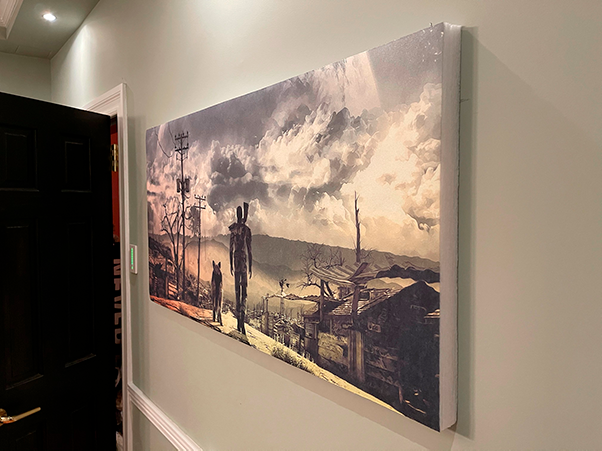Acoustic panels will make an epic improvement to your sound!
First of all, we need to understand what type of rooms are you planning to build. Are you planning to treat a recording live room or mixing/control room? How large is your room? Are there any doors and windows?
Most often, the control room is also the recording room.
Generally, the first recommend step of room treatment would be to treat the first reflection points. This is indeed often mentioned for monitoring space but would apply similarly in a recording situation. The mirror test would work well, place yourself at the position of the sound source, have someone move the mirror along the walls and the spots where you can see the mic in the mirror would be the ones you would treat.
The wall behind the mic would be the least important, since the microphone will pick up little sound from behind.
The surface you should treat in priority would probably be the one closest to the mic (with the exception of the wall behind the microphone).
If you have flutter echo in your room (if it rings/flutters when you clap your hands) getting rid of that should probably be your number one priority. Find a way to mount the panels temporarily so you can experiment different positions and find what works.
Now the most commonly asked question: how many panels do I REALLY need?
The good news that you don’t have to plaster all walls and ceilings with panels if you’re building, let’s say, podcast studio or live broadcasting studio! It depends on what you need to record (for example, musical instruments, voice etc) and where.
For recording audio (like a podcast) in a typical room (maybe a bedroom sized space), a few (24 x 48 inch) panels might be enough to control the sound in the space around the microphone. But in a recording studio where someone is trying to record music, the number of panels in the same space can be much higher,
basically whatever is needed to cover most, if not all, of the walls and even ceilings.
And if all you’re doing is recording a podcast, you might be able to get away with a low amount of coverage so long as you’re using just few acoustic panels to spot treat the specific areas that are causing problems (like around your desk space).
Acoustic felt panels will be inexpensive, ideal sound solution for both small podcast studios and large mixing/control rooms! You should also check our new and improved soundproofing panels with soundblocking layer which will combat outside noises and reduce sound leakage between rooms.
